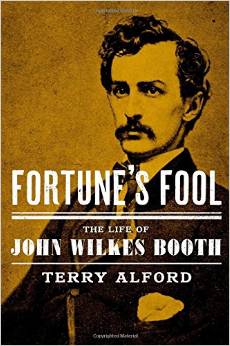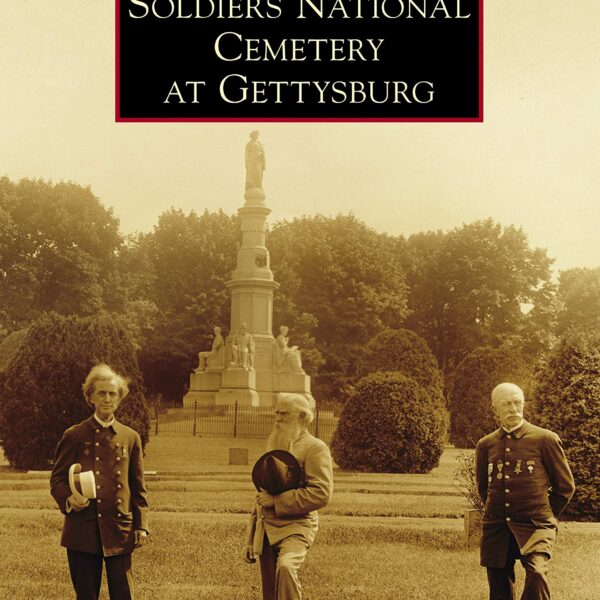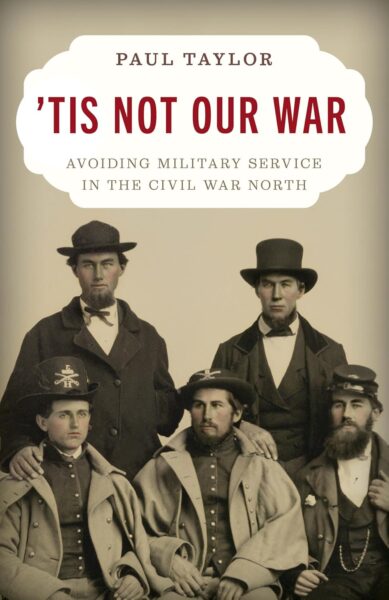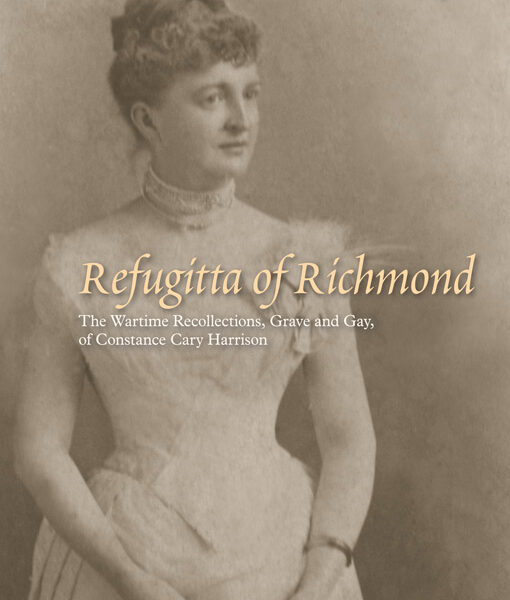Mourning Lincoln by Martha Hodes. Yale University Press, 2015. Cloth, IBSN: 978-0300195804. $30.00.
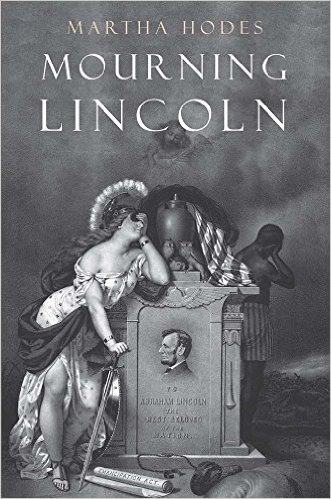 A few months ago, I picked up my six-year-old daughter from first grade, and as we drove home, she asked, “Dad, why was Abraham Lincoln killed?” “What happened after he died?”
A few months ago, I picked up my six-year-old daughter from first grade, and as we drove home, she asked, “Dad, why was Abraham Lincoln killed?” “What happened after he died?”
The violence of Lincoln’s death is one of the first we encounter in our early learning of the nation’s past. Although the first of my daughter’s questions – “why” – has been addressed in numerous volumes, the second question – “what happened next” – has received scant attention until the sesquicentennial of the assassination. Martha Hodes tackles the question of what came after the political murder in her well-written and well-researched book, Mourning Lincoln. Rather than focus on the capture of Booth or the political fall-out, Hodes examines the wide-ranging emotions of the people, both North and South, following the shocking news of the first president slain in the nation’s history. Drawing on a wide array of personal papers, she finds deep feelings ranging from profound sadness and rage to relative indifference and glee at the news.
Although drawing on voluminous source material, Hodes cleverly anchors her work through the post-assassination experiences of two families. Albert and Sarah Browne were abolitionists from Salem, Massachusetts, and during the Civil War, Albert worked with the Union army as a U.S. Treasury agent overseeing the abandoned Confederate property along the South Carolina, Georgia, and Florida coasts. In stark contrast to the Browne family stood Rodney Dorman, a pro-slavery supporter of the Confederacy living in Jacksonville, Florida, in the 1860s. Thus, Hodes is able to trace opposing responses to Lincoln’s death and the aftermath. The Brownes went into profound grief when news of the assassination arrived. Like so many Lincoln supporters in the North, they were left in a state of shock and searched for answers. Why would God remove such an important leader at a critical time? Did God remove Lincoln because he was too lenient? Was his work on the earth done? Hodes finds many people, including ministers, repeatedly asking these questions concerning a divine plan for the wounded nation now suffering the loss of its leader. With the assassination occurring on Good Friday, comparisons to Jesus Christ were quick to come and some took heart that, like the crucifixion, Lincoln’s death could bring a more glorious future. African-Americans who linked their very freedom to the slain president wept openly but also echoed the notion that Lincoln had ascended to heaven as a reward for his good work.
Hodes reminds us that sadness and shock surrounded many Southerners as well during this period, but often for different reasons. Confederate supporters were suffering the sadness of the war’s bitter end and the human and property cost of the conflict. Some Southerners did express sadness for Lincoln’s family and worried what the change in leadership might mean for their region’s long road to recovery.
Other Southerners like Rodney Dorman, however, viewed the assassination as justice served to an evil dictator and all supporters of abolition. Dorman was enraged at the Confederacy’s defeat and the revolution unleashed by emancipation. Like many former Confederates, Dorman thanked God for the president’s murder and viewed John Wilkes Booth as an honorable man for his actions. Hodes finds that anger and rage were universal responses throughout the country. Sarah Browne, like many men and women of the North, hated not only Booth and his conspirators, but Confederate officials and large slaveholders for bringing so much violence. Union soldiers, black and white, expressed desire to begin the fight again and destroy Confederates without mercy. Northern civilians called for vengeance against Copperhead Democrats who they held responsible for encouraging Booth through their verbal attacks on Lincoln.
Two chapters on “Everyday Life” and “Everyday Loss” provide a wider lens through which to view Lincoln’s assassination. The ups and downs of daily life, Hodes notes, had to continue and the cycles of day-to-day life “were both compulsory and comforting and most helpful of all, they pointed toward the future.” (173) People fell in love, had children, worked at their jobs, and played while they also confronted the tragedy of the assassination and the toll of war. And while Lincoln’s death held great significance for the nation, it was the deaths of family and friends that still had the most profound impact. Albert and Sarah Browne lost their daughter Nellie to illness in 1864, and it was the fresh memory of that loss that informed their response to Lincoln’s death. Soldiers kept dying even after the war’s formal end due to lingering wounds and illnesses. Hodes also argues that, for Southerners, loss was ever present everywhere they looked.
As Lincoln’s funeral train wound its way to Springfield, the nation continued to wrestle with emotions of sadness, anger, hopefulness, and despair. Many in the North hoped that Andrew Johnson would bring the necessary hard hand of retribution upon ex-Confederates and that black rights would be protected. Ex-Confederates initially feared Johnson for this very reason and continued their fiery hatred and desire for vengeance upon the victorious Yankees and the freed slaves. Johnson proved lenient to former Confederates and thereby permitted violence and repression of black men and women. “In the end,” Hodes observes, “revenge came and its fruits came more readily, not to Lincoln’s mourners, but to his enemies” (253).
Martha Hodes has written an important overview of the widespread emotional response to Abraham Lincoln’s assassination. Her deft use of personal papers, diaries, letters, and a host of other primary sources reveals how the president’s death both unified and further divided the country in the wake of war. She has also provided jumping off points for other historians to explore more closely the meanings of rage and loss in nineteenth-century America.
Bruce W. Eelman is a Professor of History at Siena College.

